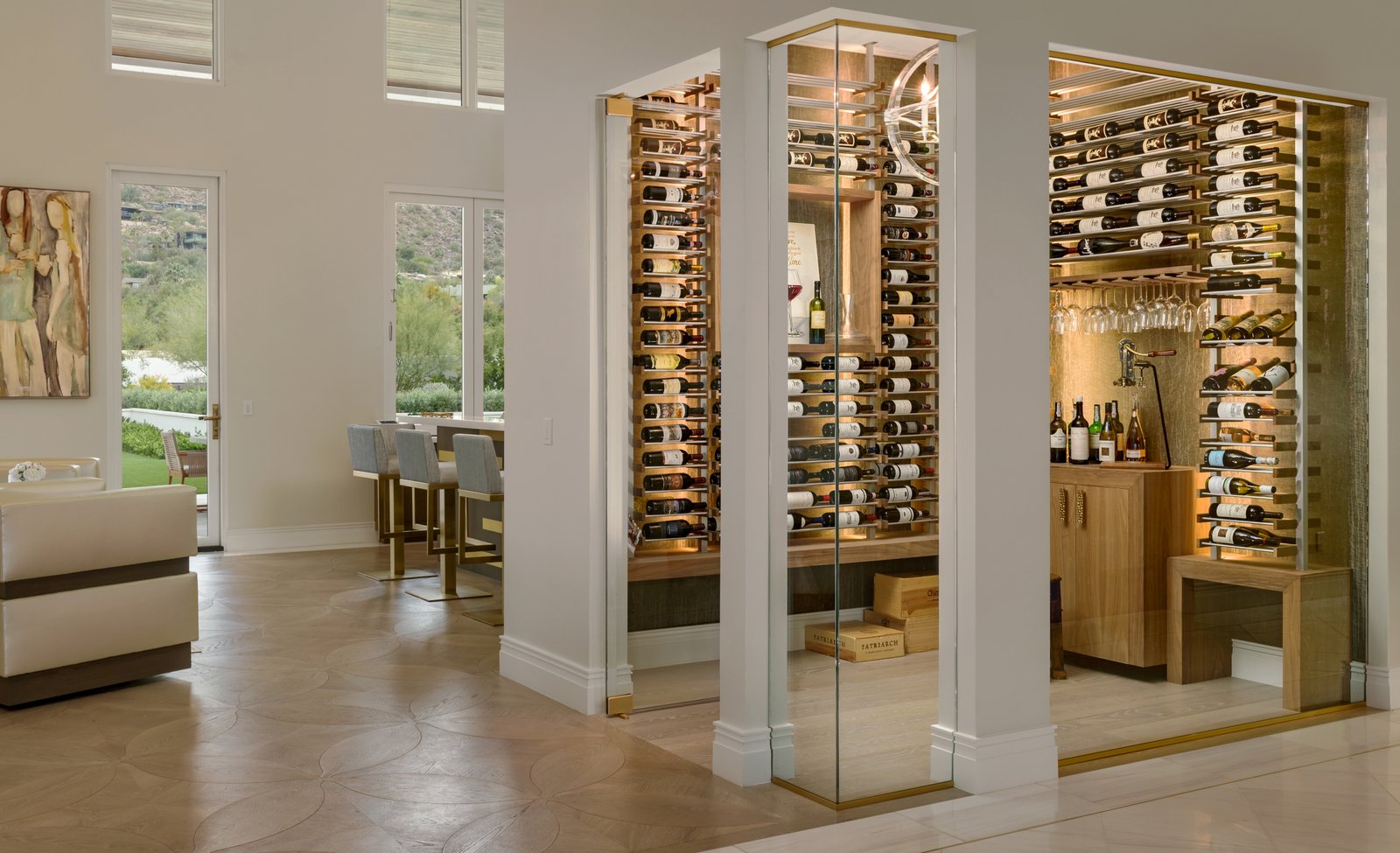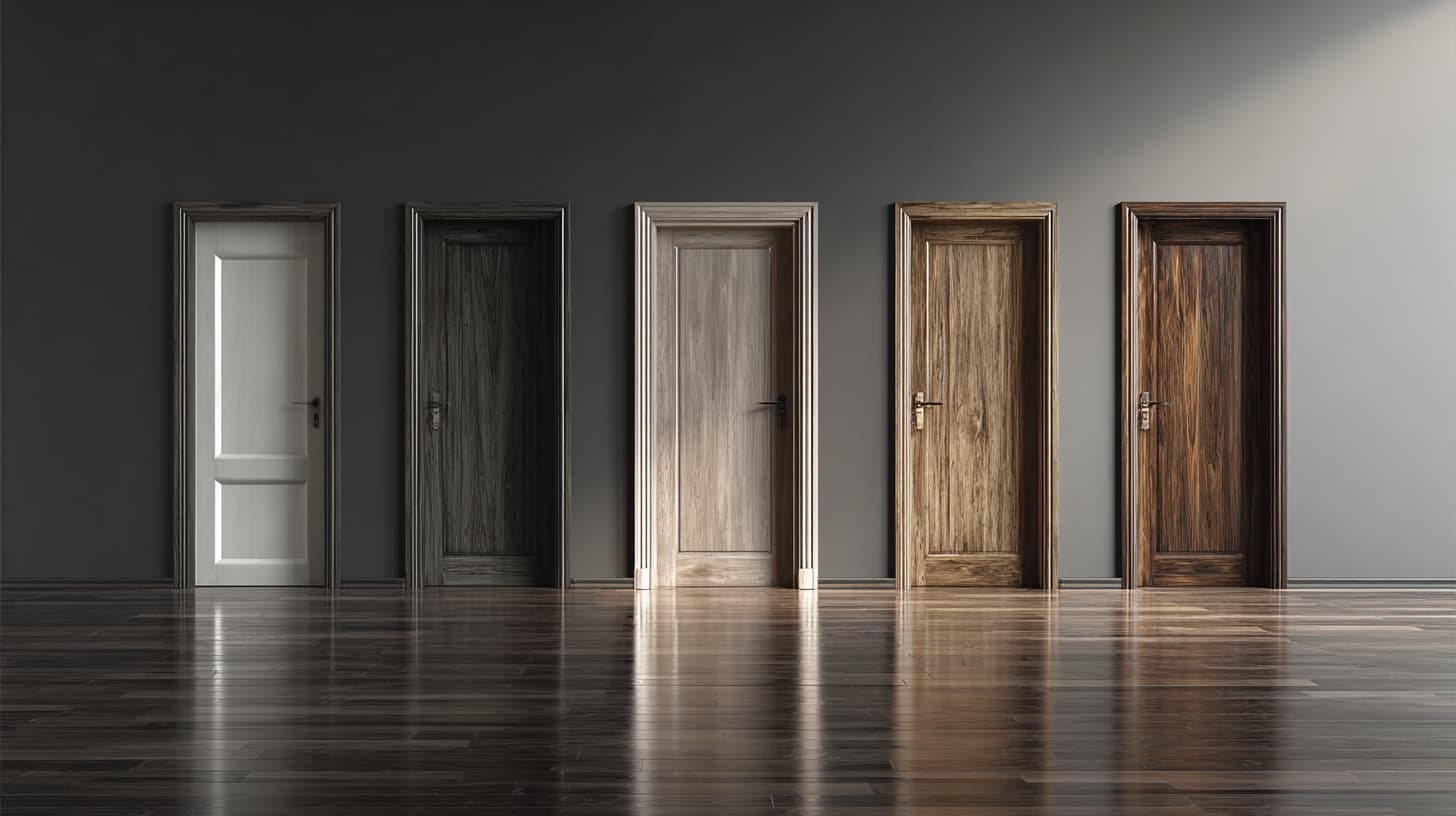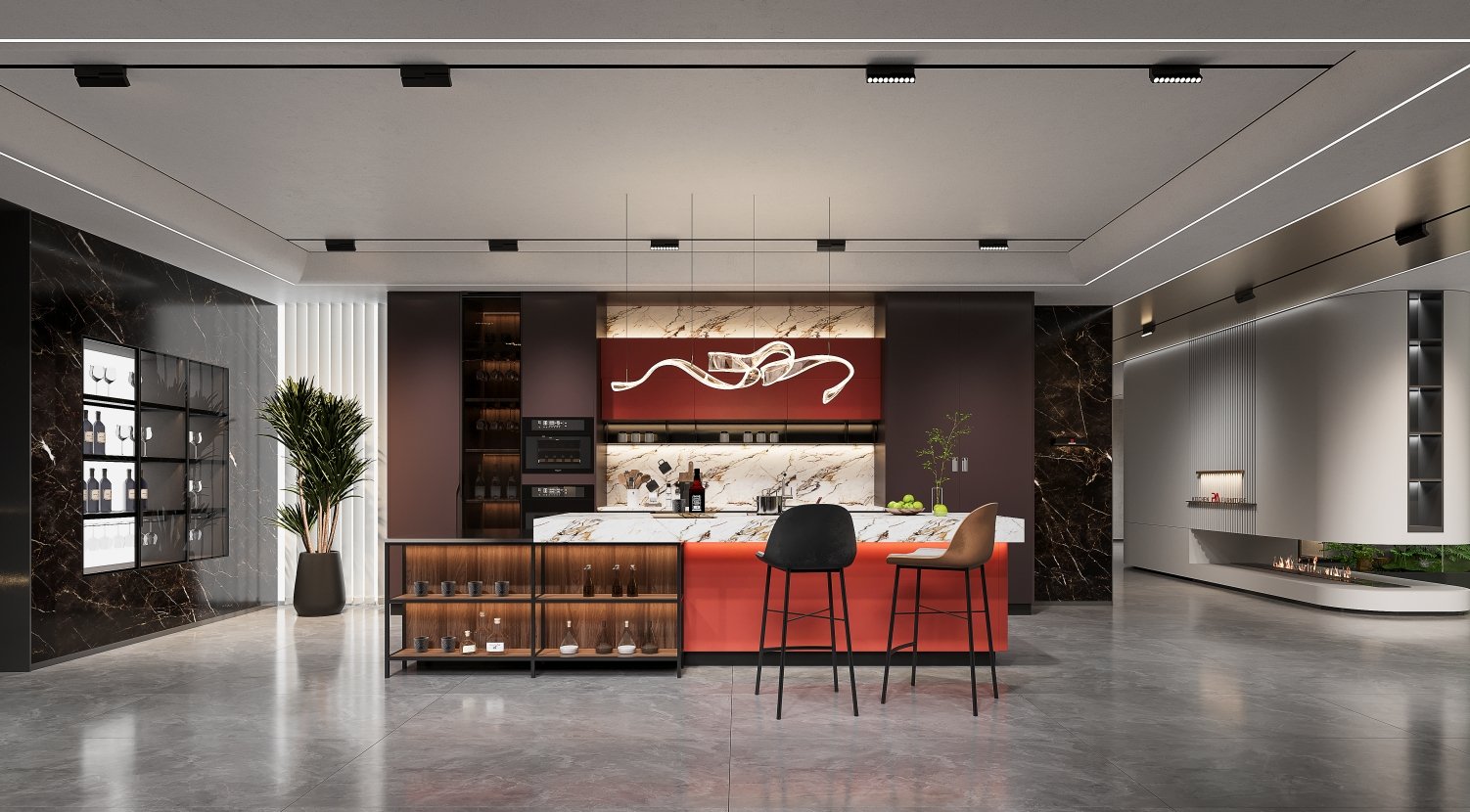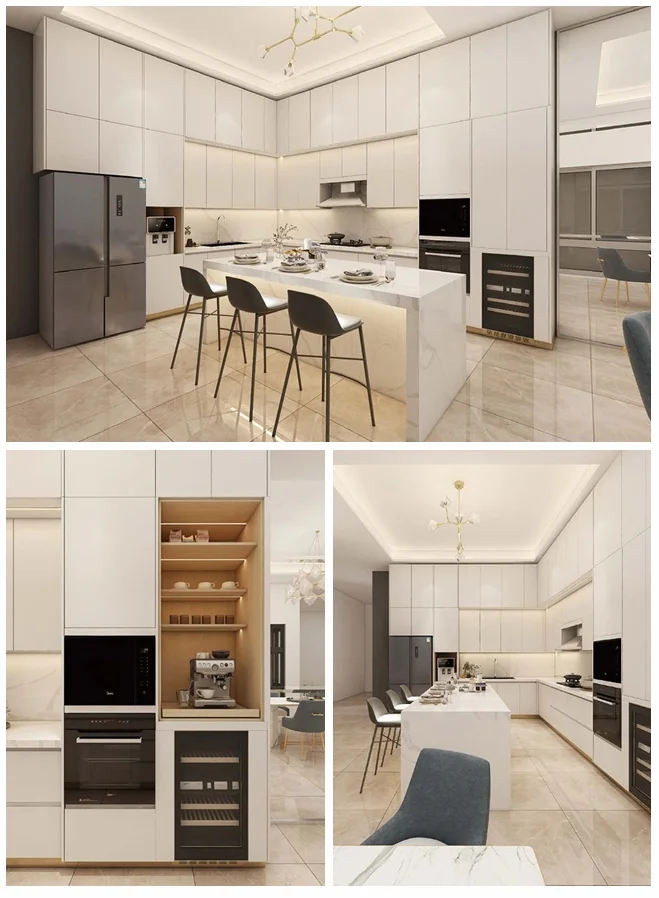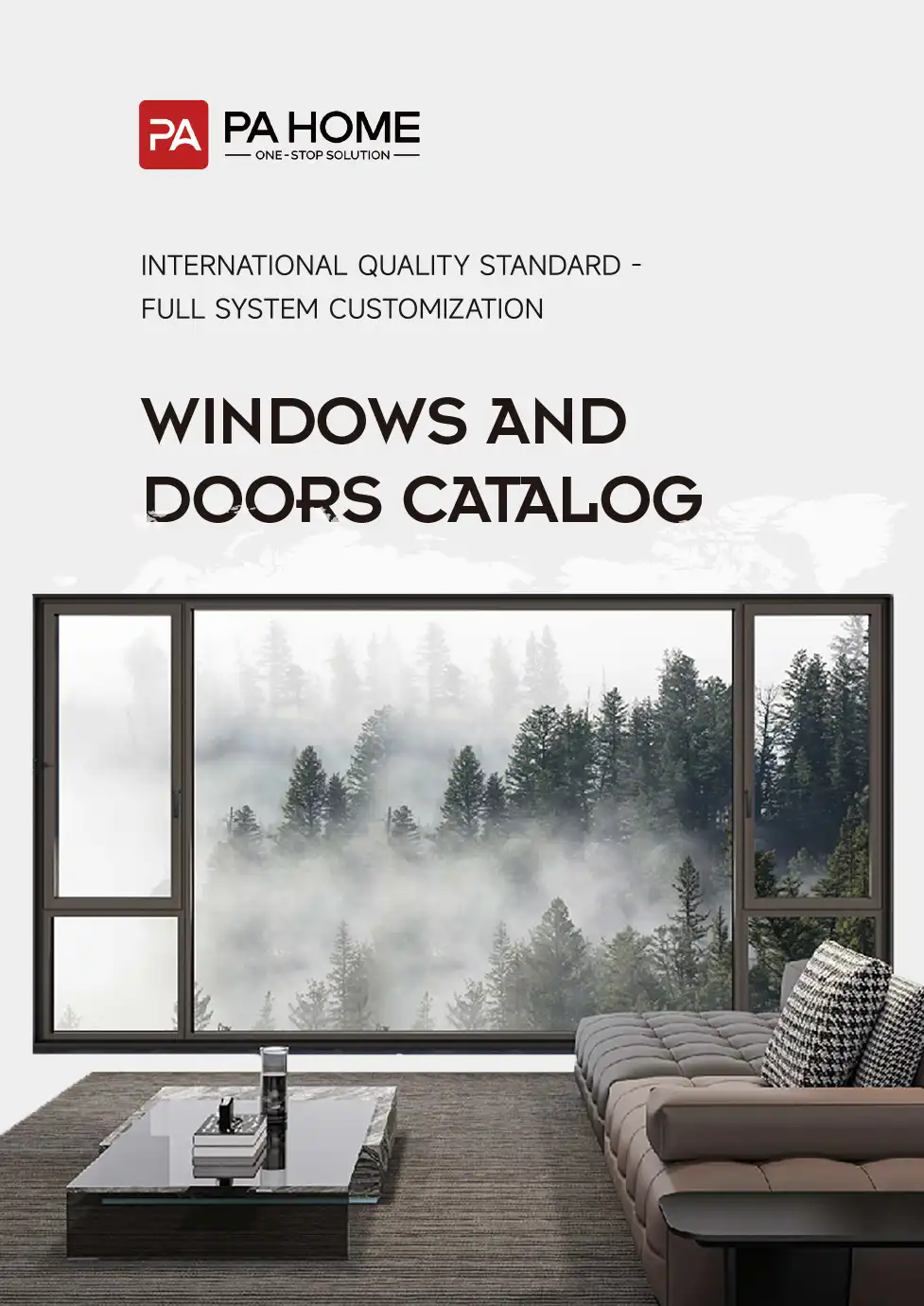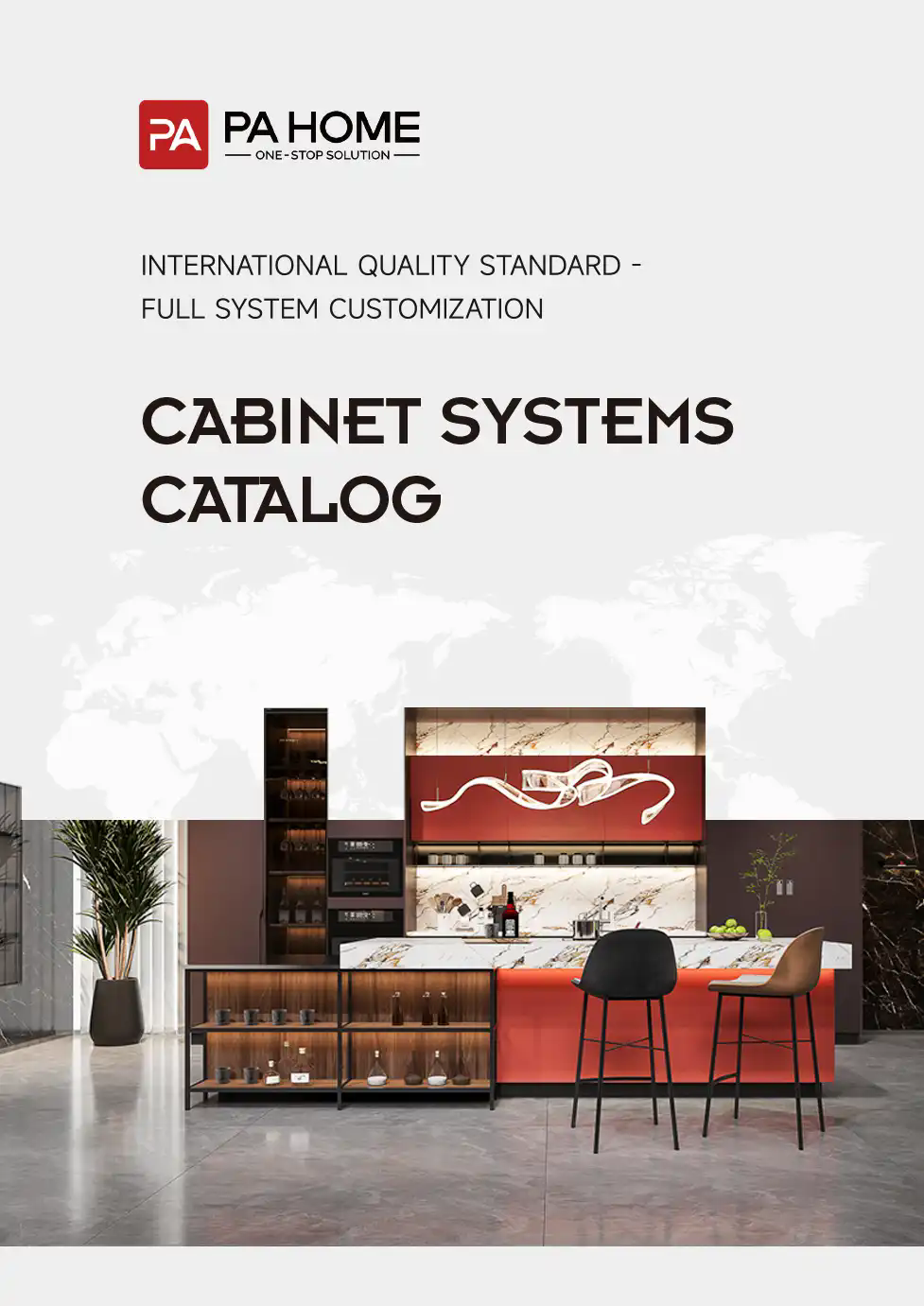Understanding the Basics of Kitchen Cabinets
Different Types of Kitchen Cabinets
Cabinets are the backbone of any kitchen design. They come in various types, each offering unique advantages in terms of cost, customization, and installation time. Let’s explore the most common types to find the perfect fit for yoaur kitchen makeover.
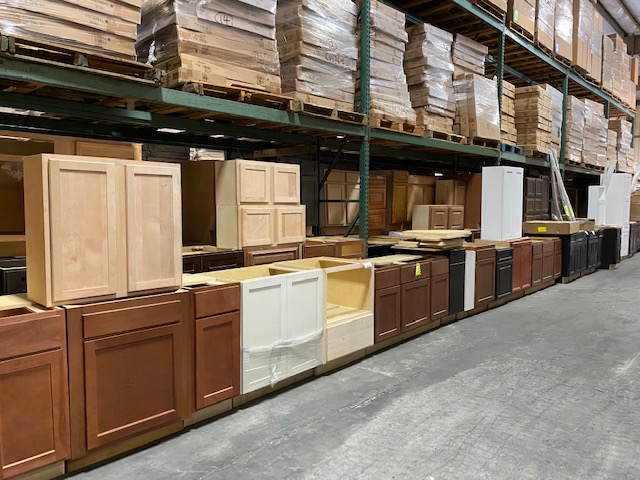
In stock Cabinets
Ready-to-Assemble (RTA) Cabinets: The DIY Option
RTA cabinets are becoming increasingly popular, especially among DIY enthusiasts. They are shipped in flat packs with all the necessary components and instructions for assembly. Their benefits include:
Cost-effective: Generally, RTA cabinets are more affordable than other types due to the DIY aspect of assembly and lower shipping costs.Ready-to-Assemble (RTA) Cabinets: The DIY Option
RTA cabinets are becoming increasingly popular, especially among DIY enthusiasts. They are shipped in flat packs with all the necessary components and instructions for assembly. Their benefits include:
Cost-effective: Generally, RTA cabinets are more affordable than other types due to the DIY aspect of assembly and lower shipping costs.
Customization: While more customizable than fully custom cabinets, many RTA options offer a variety of styles and finishes.
Satisfaction with DIY: Assembling the cabinets can provide a sense of accomplishment and the ability to tailor the installation to your needs.
However, the assembly can be time-consuming and requires a certain skill level. Additionally, the quality of RTA cabinets can vary, so choosing a reputable supplier is essential.
Customization: While more customizable than fully custom cabinets, many RTA options offer a variety of styles and finishes.
Satisfaction with DIY: Assembling the cabinets can provide a sense of accomplishment and the ability to tailor the installation to your needs.
However, the assembly can be time-consuming and requires a certain skill level. Additionally, the quality of RTA cabinets can vary, so choosing a reputable supplier is essential.
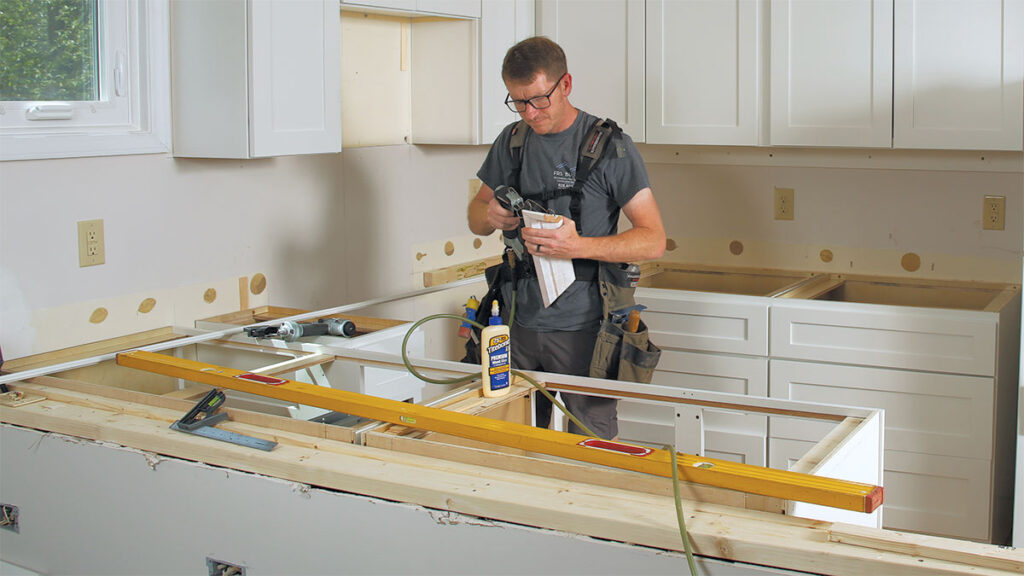
Install Your Own Cabinets
- Wood: Timeless and Durable
Wood is a classic choice for kitchen cabinets, known for its durability and timeless appeal. It comes in various types, including oak, cherry, and maple, each offering a unique grain and color.
- Natural Beauty: Wood cabinets bring warmth and natural beauty to any kitchen design.
- Durability: High-quality wood cabinets can last decades, making them an excellent long-term investment.
- Versatility: Wood can be painted or stained to match any kitchen style, from rustic to contemporary.
- Laminate: Affordable and Stylish
Laminate cabinets bond a printed paper or plastic layer to a substrate (usually particle board or MDF). They offer a budget-friendly alternative to wood with several advantages:
- Cost-effective: Laminate is one of the most affordable cabinet materials on the market.
- Variety of Finishes: Available in various colors and patterns, laminate can mimic the look of wood or offer bold, modern finishes.
- Low Maintenance: Laminate is easy to clean and resistant to stains and moisture.
- Thermofoil: A Cost-Effective Alternative
Thermofoil cabinets are made by vacuum-sealing a thin layer of vinyl over MDF or particle board. This material has gained popularity due to its affordability and the variety of styles it offers.
- Sleek Finish: Thermofoil provides a smooth, seamless finish and is available in various colors and patterns, including realistic wood grains.
- Durability: These cabinets resist stains and are easy to clean, making them ideal for busy kitchens.
- Affordability: Thermofoil is generally less expensive than solid wood, making it a good option for budget-conscious remodels.
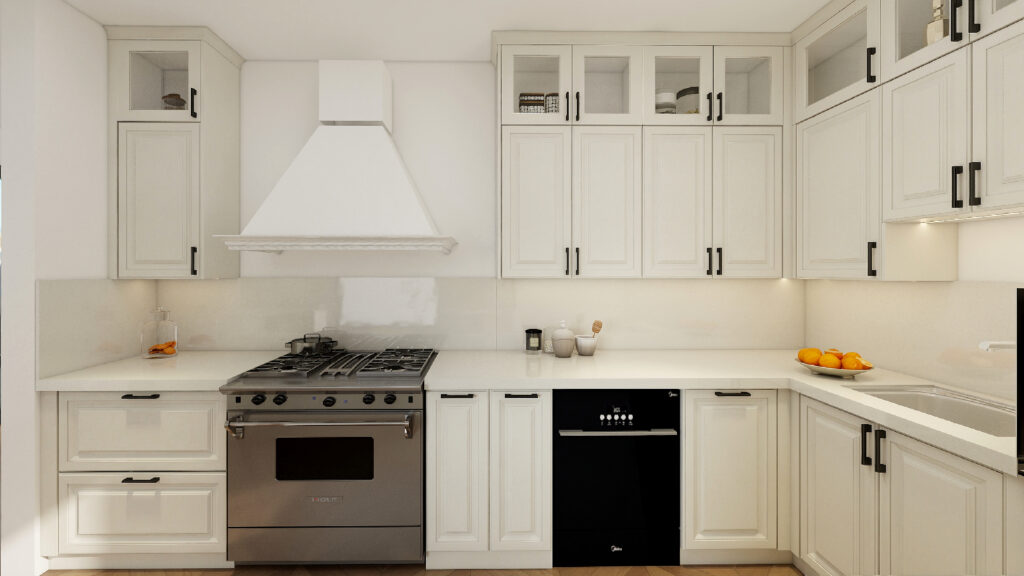
Style and Functionality: Balancing Both in Your Kitchen
- Style Consistency: Ensure your hardware complements the style of your cabinets. Sleek, modern handles work well with contemporary cabinets, while more ornate knobs may suit traditional styles.
- Comfort and Functionality: Consider how the hardware feels in your hand and its ease of use. Ergonomically designed handles can be particularly beneficial in a kitchen where drawers and cabinets are accessed frequently.
- Finish and Color: The finish of your hardware should complement other fixtures in your kitchen, such as faucets or light fixtures. Popular finishes include stainless steel, brushed nickel, and oil-rubbed bronze.
- Size and Scale: Make sure the hardware is proportional to your cabinet size. Larger drawers may need longer pulls for ease of use and visual balance.
- Improved Visibility: It illuminates the countertop area, making food preparation more accessible and safer, especially in areas where overhead lighting may not reach.
- Ambiance: Under-cabinet lighting can create a warm and inviting atmosphere in your kitchen, especially during the evening.
- Energy Efficiency: Many under-cabinet lighting options use LED bulbs, which are energy-efficient and have a long lifespan.
- Versatility: You can choose from various lighting options, including strip lights, puck lights, and linear lights, depending on the desired intensity and aesthetic.
Conclusion
Frequently Asked Questions
The main types of kitchen cabinets are Stock Cabinets, Semi-Custom Cabinets, and Ready-to-Assemble (RTA) Cabinets. Stock cabinets are pre-manufactured and budget-friendly, semi-custom cabinets offer moderate customization with a slightly higher cost, and RTA cabinets are ideal for DIY enthusiasts, offering cost-effectiveness and some customization options.
The material of kitchen cabinets significantly impacts both their functionality and aesthetics. Wood cabinets offer durability and a classic look, laminate cabinets are budget-friendly and come in various finishes, and thermofoil cabinets provide a sleek finish and are cost-effective. Each material has its unique benefits and downsides, like wood’s susceptibility to moisture or laminate’s potential for peeling.
When choosing hardware for kitchen cabinets, consider style consistency with the cabinets, comfort and functionality, finish and color to complement other kitchen fixtures, and size and scale for visual balance and ease of use. The right hardware can enhance both the look and usability of the cabinets.
Adding under-cabinet lighting in the kitchen improves visibility for food preparation, creates a warm and inviting ambiance, offers energy efficiency with LED bulbs, and provides versatility with different lighting options like strip lights, puck lights, and linear lights. It’s a simple upgrade that enhances both functionality and aesthetics.
Yes, it’s possible to have a stylish and functional kitchen on a budget. By choosing the right type of cabinets, such as stock or RTA, and focusing on cost-effective materials like laminate or thermofoil, you can achieve a beautiful kitchen without overspending. Accessorizing with the right hardware and adding under-cabinet lighting can further enhance the kitchen’s appeal and functionality.
Related posts:
- What Are Laminate Cabinets ?Laminate Cabinets Benefits Features and Buying Guide
- Melamine vs Laminate Cabinets:Which Is More Durable and Affordable ?
- Aluminum or Thermofoil Kitchen Cabinets? – PA Home
- Best 20 White Kitchen Cabinet Designs for 2025 Trends in Indonesia
- Home Depot Kitchen Cabinets vs. Custom Cabinets: What You Need to Know Before You Buy

